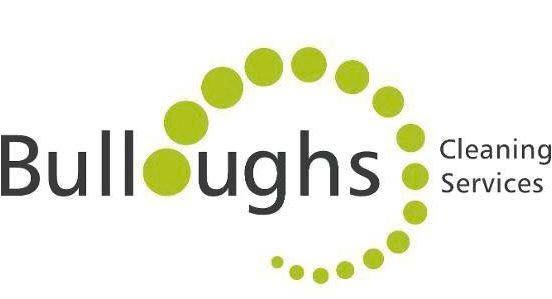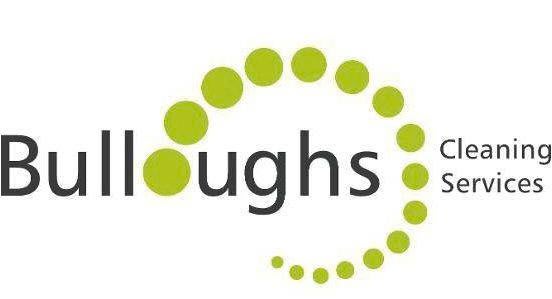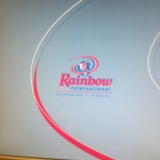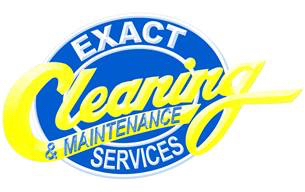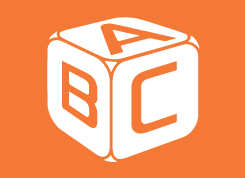Title Page
-
Full name of Employee (Include Title)
-
Site
-
1) Fire Evacuation Procedure
-
The fire evacuation point is situated at
-
I am fully aware of what to do in the event of a fire.
-
In the event of a fire please ensure..............
2) Chemical Use
-
▪ COSHH data sheets are provided for EVERY chemical we use on each site in the Site Manual, make sure you read & know what each one is used for
▪ COSHH Risk Assessments and Safe Systems of Work (SSOW) are also provided for every procedure you will carry out - read & understand them - only undertake a task if fully trained - if unsure, ask!
▪ Only use the chemicals as per their instructions on the label
▪ Chemicals are NEVER to be mixed - under ANY circumstances
▪ Check & only use the dilution rates supplied on the label & charts
▪ In buckets, only ever add the chemical to the water (not the other way round) to avoid potential splashback
▪ Always return chemicals to the secure storage cupboard after use - NEVER leave chemicals out or unattended. Never carry chemicals or other equipment up or down stairs
▪ It is the responsibility of every individual to take every precaution when using chemicals to ensure individual safety
▪ Report any spills, accidents or ill effects immediately to your Supervisor or Line Manager
▪ Make sure there is adequate ventilation when using chemicals
▪ ALWAYS MAKE SURE WARNING SIGNS ARE APPROPRIATELY PLACED WHEN WORKING TO WARN OF A SLIP HAZARD - NEVER WALK OR WORK ON A WET FLOOR!
Untitled Page
3) Workwear & Personal Protective Equipment (PPE)
-
▪ Always use the PPE that is provided, always check it prior to each use for condition& always clean at the end of each shift prior to storing safely
▪ Good solid flat shoes with a tread are essential for your work (no flip flops, heels, sandals or old worn out shoes with poor tread)
▪ Always wash your hands thoroughly before & after use even if gloves have been worn
4) Use of Machinery
-
▪ Never use any equipment that you have not been fully trained on
▪ Always turn off machinery at the socket & unplug prior to any maintenance
▪ Always thoroughly check cables & plugs are sound prior to each use
▪ NEVER leave a machine unattended & always store safely in the locked area provided
▪ Report any machine fault or damage immediately to your Supervisor or Line Manager (& do not use until repaired)
▪ Your work does not involve any work off ground level at all so you are not to use any form of access equipment (ladder, chair, stool, etc.)
▪ Your job does not include any form of manual handling so you are not to move any heavy items - if any request is made to do so by our Client then refer the request immediately to your Line Manager
▪ ALWAYS MAKE SURE WARNING SIGNS ARE APPROPRIATELY PLACED TO WARN OF POTENTIAL DANGERS TO OTHER EMPLOYEES & PERSONNEL ON SITE i.e. WET OR SLIPPERY FLOOR SURFACES / HAZARDS (SUCH AS TRAILING CABLES, ETC.)
5) Documentation & Security Regulations
-
▪ Employee Handbook - explained & understood
▪ Safety Handbook - explained & understood
▪ I agree to co-operate and allow any search of my person or property upon request from either my employer, or designated personnel, or employers clients
SECTIONS COMPLETED
-
1) Fire Evacuation Procedure
-
2) Chemical Use
-
3) Workwear & Personal Protective Equipment (PPE)
-
4) Use of Machinery
-
5) Documentation & Security Regulations
-
6) Safe Systems of work. To be completed during on site induction, Add date here:
DECLARATION.
-
I have gone through the induction training with the relevant supervisor or manager and understand my work functions and responsibilities and confirm that I will follow the above instructions
-
Name of employee and Signature
